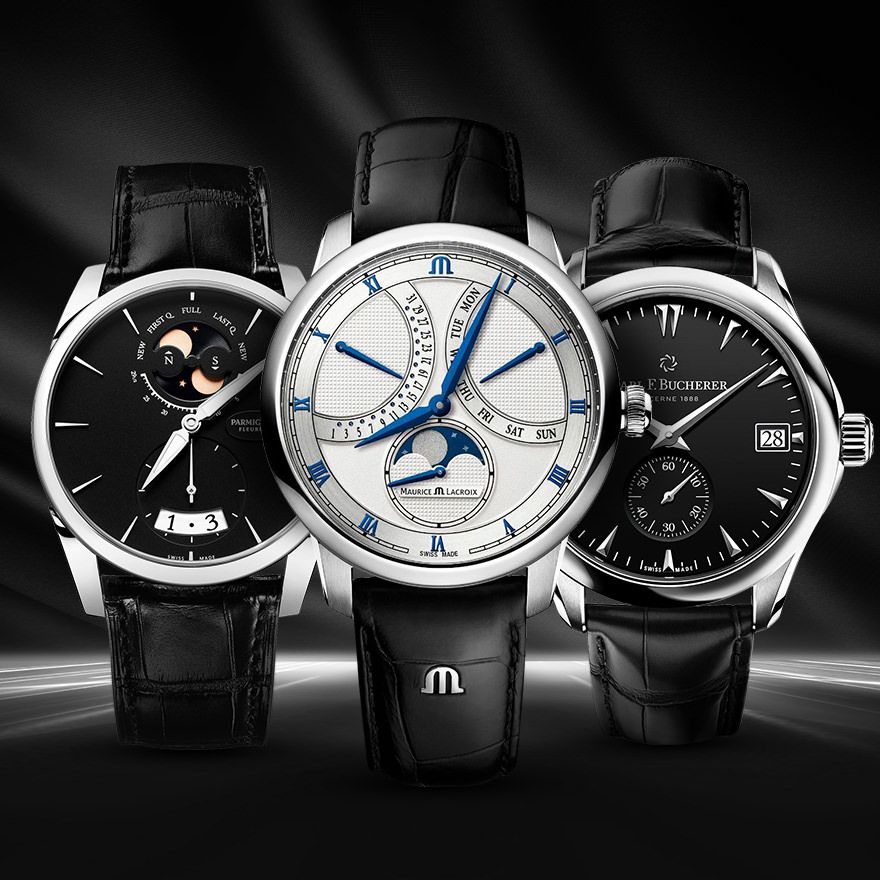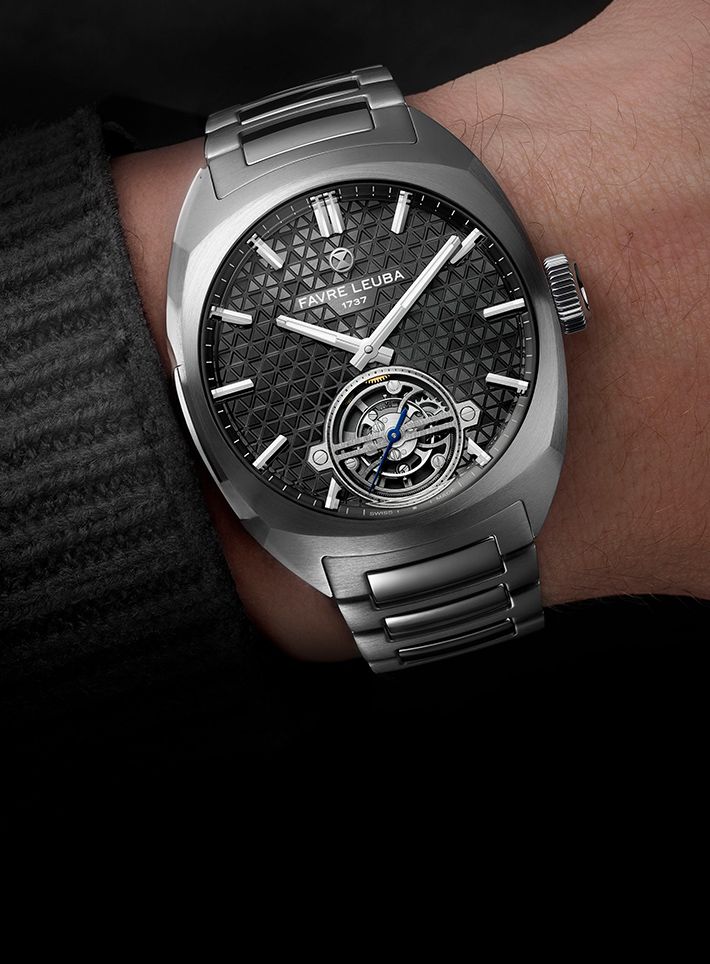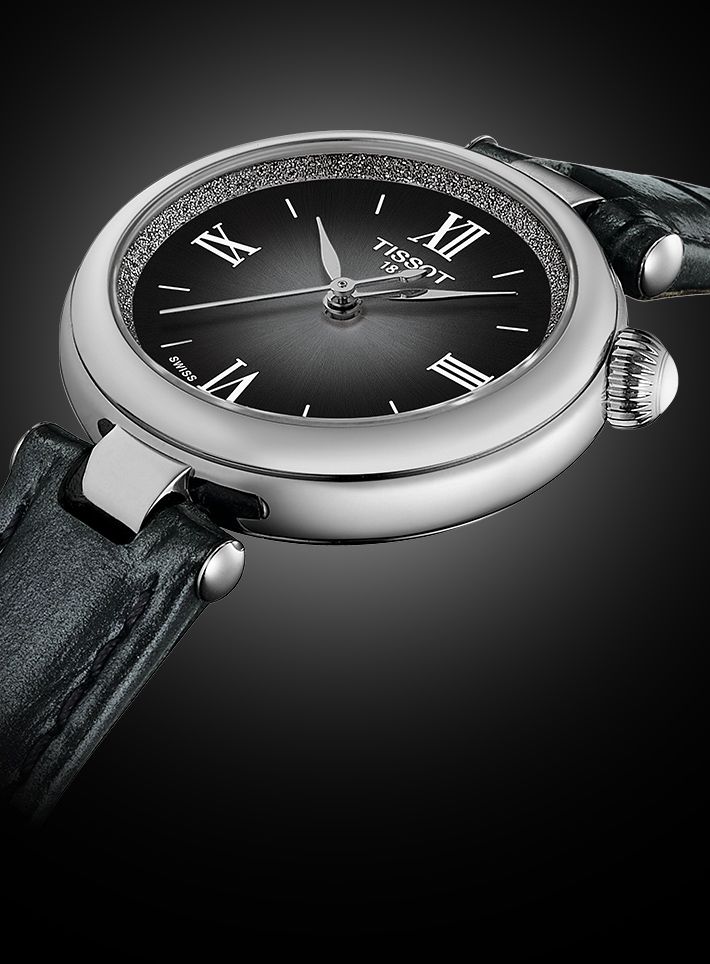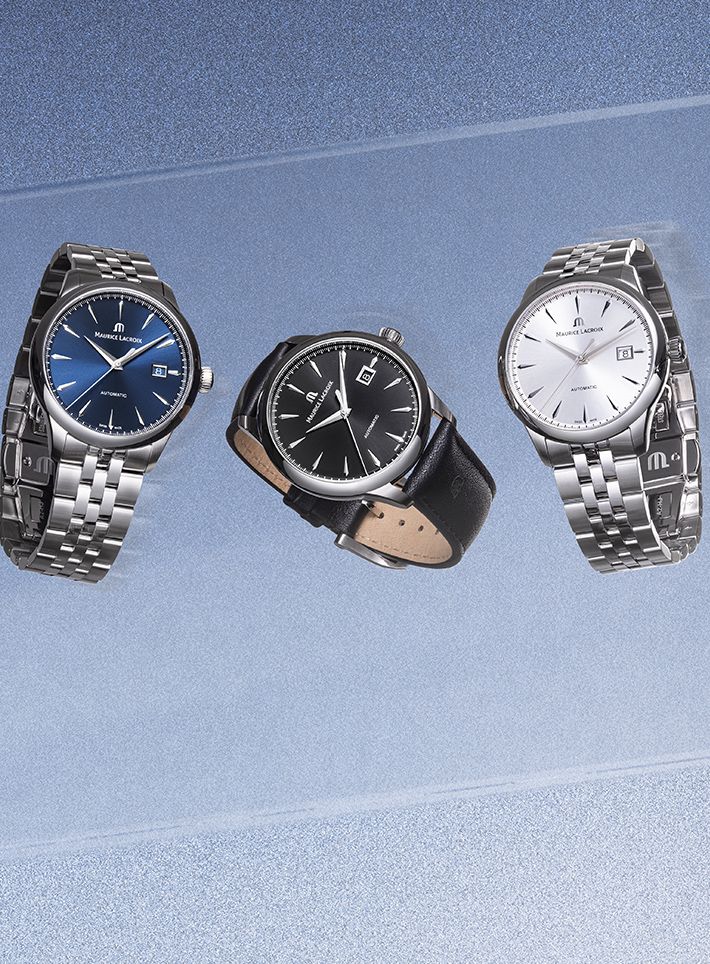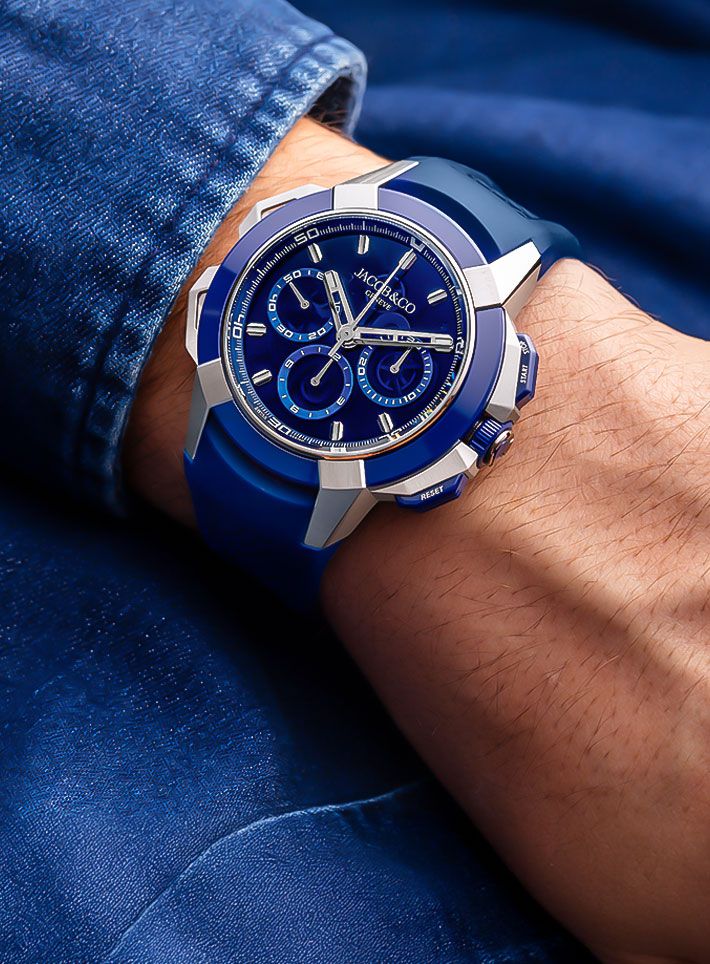Watch GlossaryAmplitude
While you admire your watch's design, it's the amplitude—the mechanical heartbeat—that determines how well it actually performs
May We Recommend
What Is Amplitude In A Watch?
Amplitude is essentially the heartbeat of your mechanical timepiece—the rotational sweep of the balance wheel as it oscillates back and forth. Measured in degrees, amplitude represents how far the balance wheel rotates in either direction during each ‘beat’. This subtle motion, invisible to the casual observer, reveals much about what’s happening inside your watch.
Think of amplitude as a vital sign. Just as a doctor checks your pulse, a watchmaker examines amplitude to gauge the overall health of a movement.
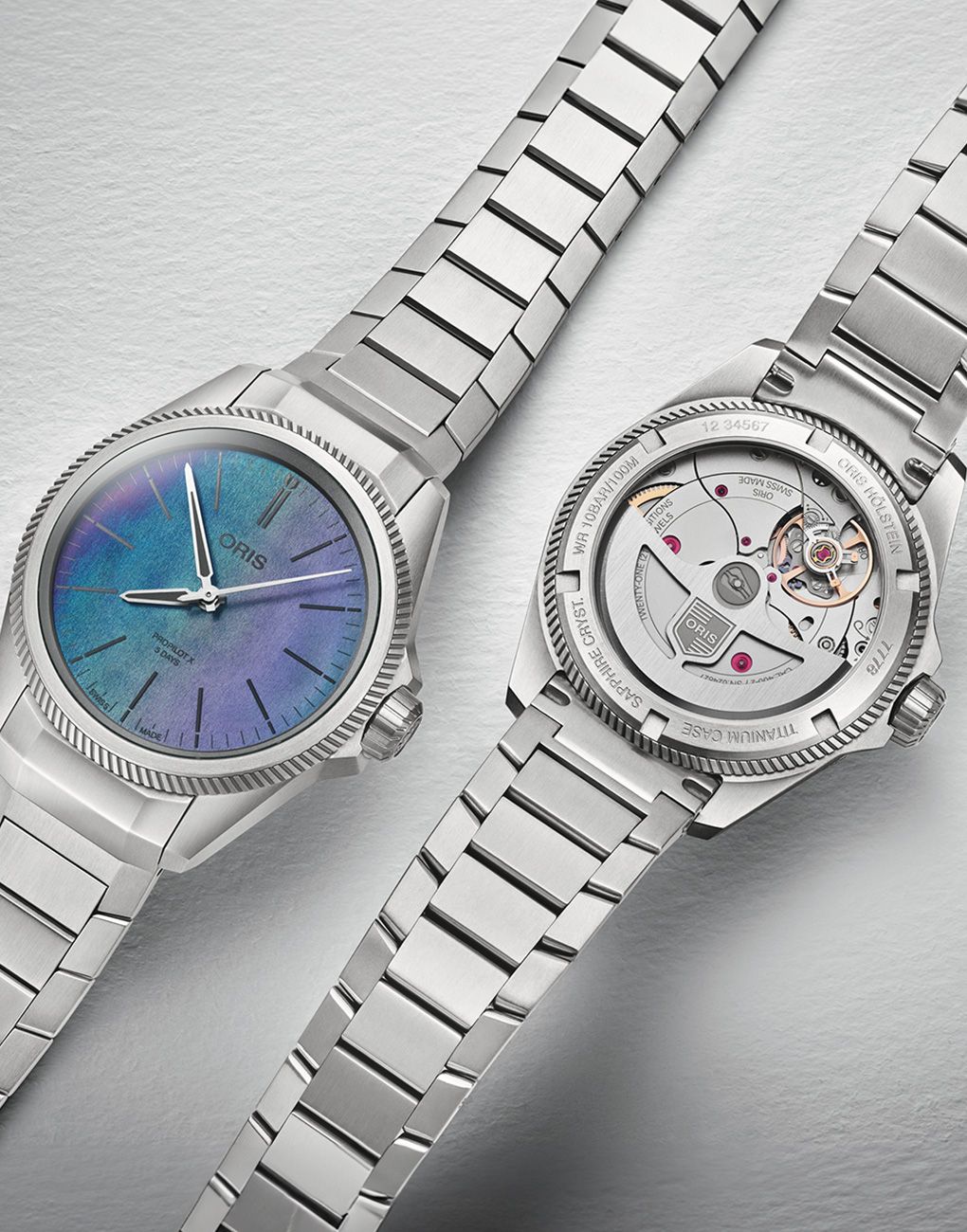
How is Amplitude Measured?
Measuring amplitude requires specialised equipment called a timegrapher. This electronic device ‘listens’ to the watch’s ticks and translates them into measurable data, displaying the degrees of rotation achieved by the balance wheel.
While professionals use these instruments, you can sometimes roughly estimate amplitude by eye if you remove the caseback—though this isn’t recommended unless you know what you’re doing. The proper measurement requires the watch to be fully wound and tested in multiple positions, as amplitude varies depending on whether the watch is lying flat or positioned vertically.
What Are The Factors That Affect Amplitude?
Several conditions influence your watch’s amplitude:
- Power reserve: A fully wound mainspring provides maximum energy, resulting in higher amplitude that gradually decreases as the spring unwinds.
- Lubrication: Fresh, properly applied lubricant minimises friction and maintains good amplitude. As oil deteriorates or dries out, amplitude drops.
- Dirt and debris: Even microscopic particles can create friction points that sap energy from the system.
- Wear and damage: Natural wear of pivots, jewels, and other components increases friction over time.
- Position: Amplitude typically decreases when the watch is in vertical positions due to increased gravitational effects on the balance staff.
How Does Amplitude Impact Accuracy?
Amplitude directly affects timekeeping precision. Too low, and your watch becomes susceptible to positional errors and may struggle to maintain a consistent rate. The balance wheel requires sufficient momentum to overcome small variations in friction that occur as you move your wrist throughout the day.
Conversely, excessive amplitude can cause ‘knocking’ or ‘banking’, where the balance wheel swings so far that the impulse pin collides with the back of the pallet fork—potentially causing damage and rate instability.
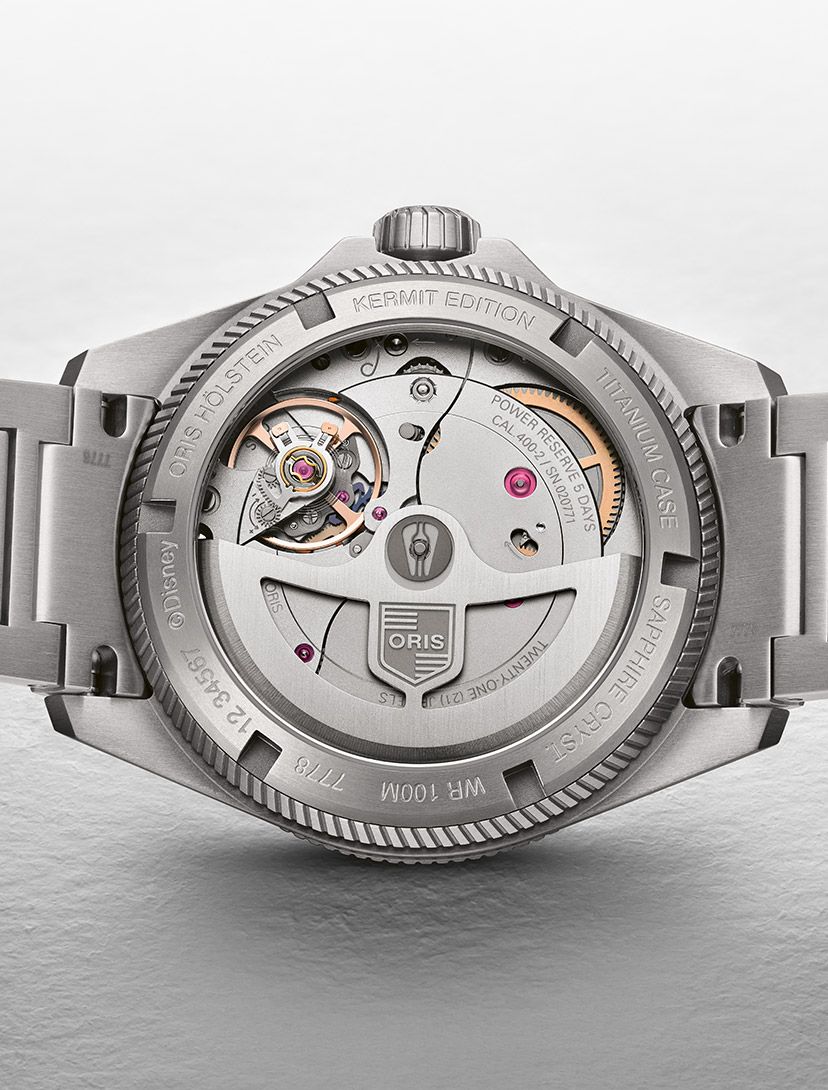
What Is The Ideal Amplitude Range?
For modern watches, the sweet spot typically falls between 275 and 315 degrees when fully wound and measured dial-up. Vintage timepieces generally operate well with slightly lower readings, around 250-300 degrees, due to design differences and age-related considerations.
Like most things in horology, balance is key. A properly functioning amplitude indicates that the complex dance of gears, springs, and jewels is performing as intended—a testament to the watchmaker’s craft and your timepiece’s well-being.
